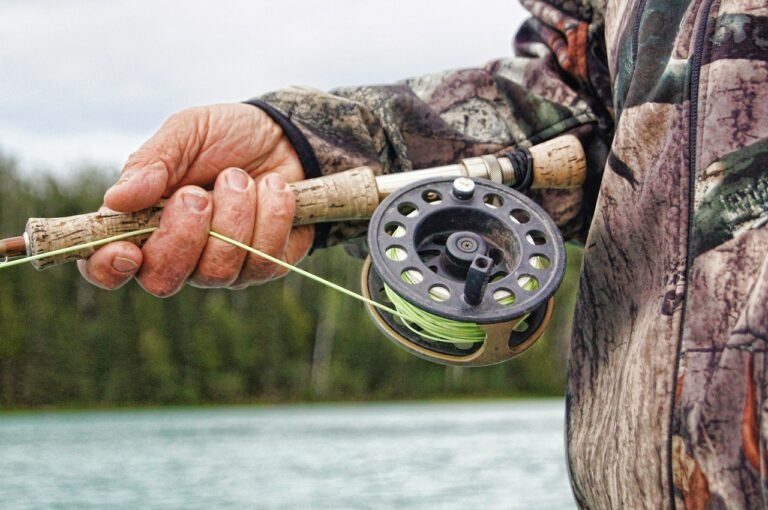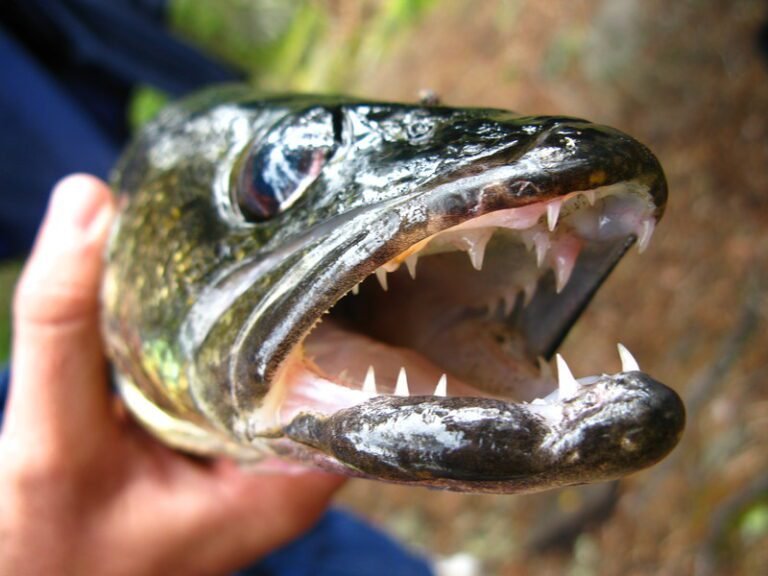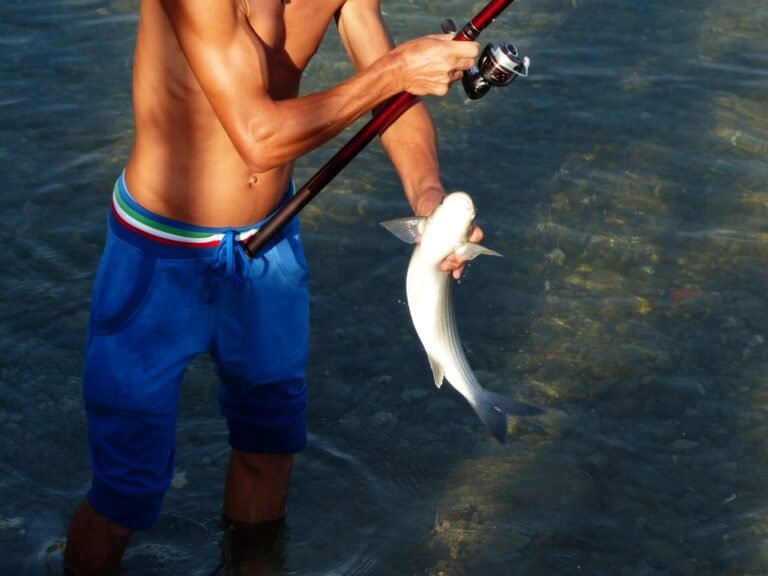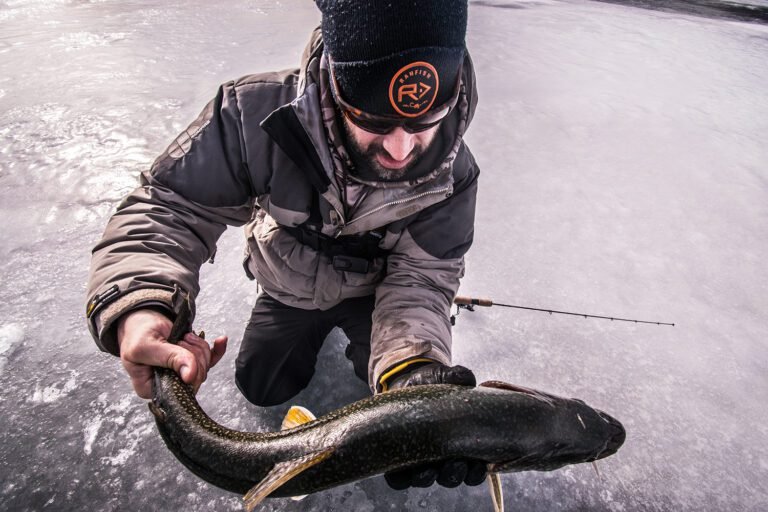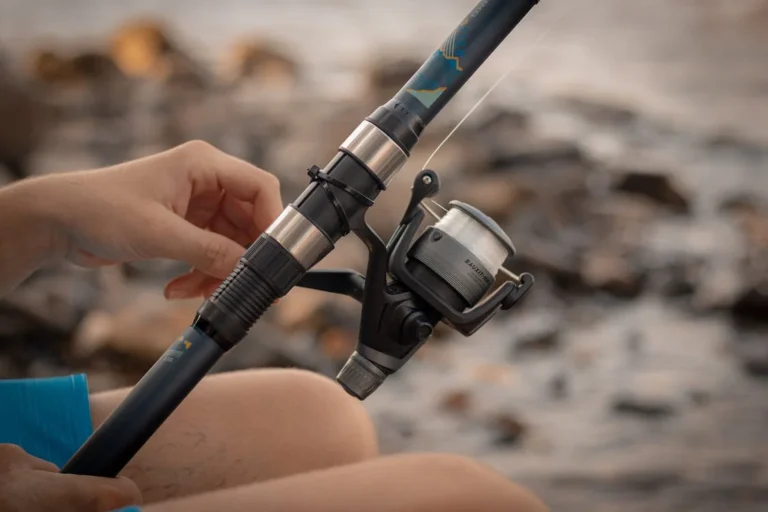Which type of fishing do you prefer, inshore or offshore? It’s a common problem that many fishermen throughout the world deal with. While both kinds of fishing can be exciting, there are some key distinctions between the two. Which one should you pick for your upcoming fishing trip?
In summary, inshore fishing occurs in shallow waters close to the shore, and offshore fishing occurs in deeper waters away from the coast. Whereas offshore fishing occurs in the open ocean, inshore fishing frequently occurs in estuaries, bays, lagoons, and other small bodies of water. While offshore fishing mainly concentrates on larger game fish like marlin, tuna, and swordfish, inshore fishing generally targets smaller fish species like redfish, snook, and trout.
Don’t worry if you’re still unsure what kind of fishing is best for you. In this post, we’ll go deeper into the distinctions between inshore vs offshore fishing so you can make an informed choice. To assist you in catching the big one, we’ll also offer advice on equipment, techniques, and locations. So let’s get started and learn more about inshore vs offshore fishing!
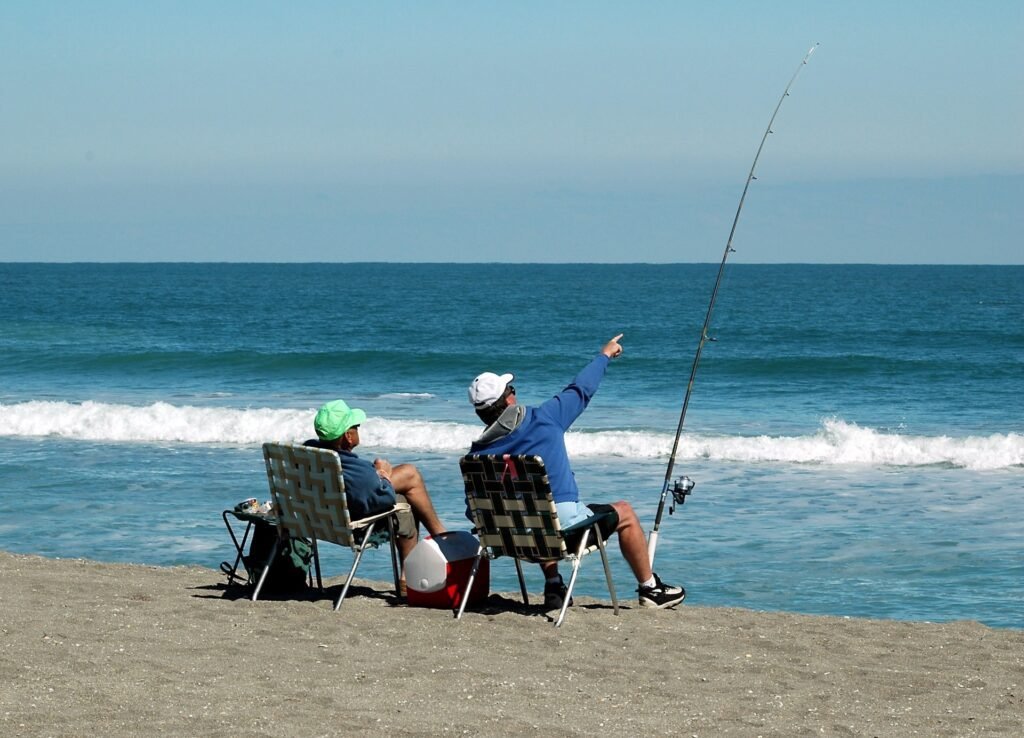
What Is Inshore Fishing?
Inshore fishing is a popular type of commercial and recreational fishing that occurs in shallow waters close to the coast, usually within a few miles from shore. This kind of fishing focuses on several species that live in inshore waterways, including redfish, trout, snook, flounder, and tarpon. Anglers of all skill levels can engage in inshore fishing from a boat, kayak, or even from the shore, and it offers a unique and exciting experience.
Inshore fishing is more accessible, more convenient, and more affordable. You can do it year-round with less equipment, fuel, and time requirements in most places. As various habitats, including mangroves, grass flats, oyster bars, and tidal creeks, can be found in the shallow waters, inshore fishing offers a more diverse and dynamic environment.
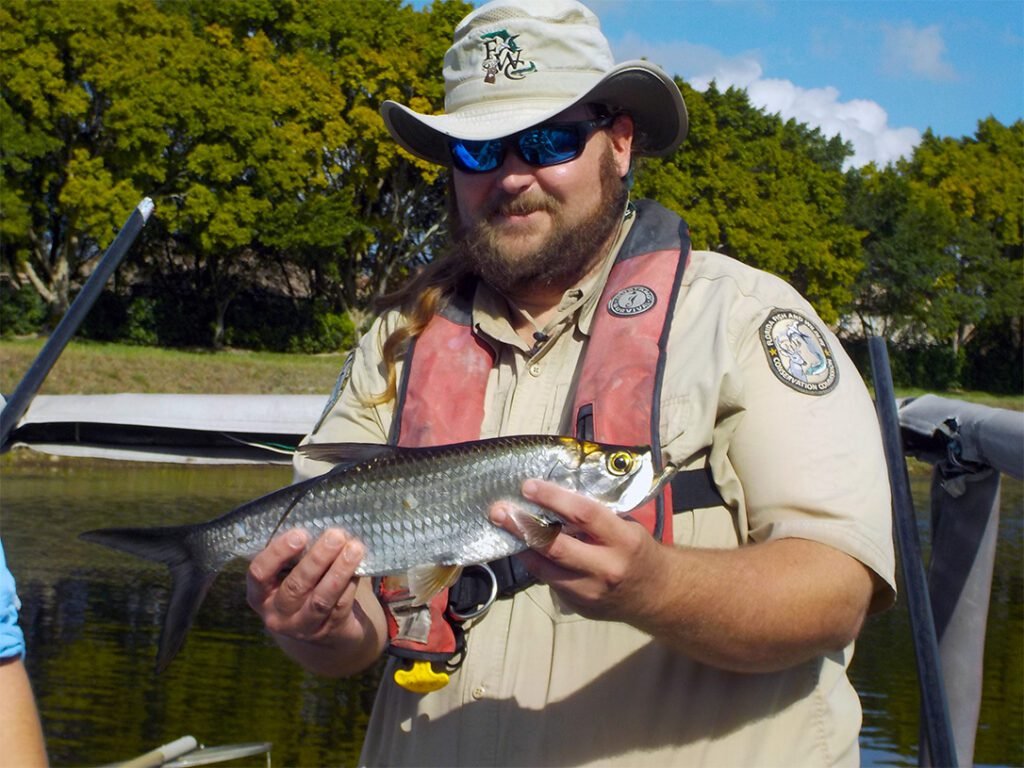
Inshore Fishing Locations
Catching some of the most popular fish species while remaining near the shore is possible through inshore fishing. Various options are available if you’re wondering where to go inshore fishing. The Gulf and Atlantic oceans are some of the greatest locations for inshore fishing, where you can catch well-known inshore fish like redfish, also known as red drum owing to the distinct noises it makes when spawning.
You can also head to Choctawhatchee Bay and the pass if you’re in Destin for a chance to capture a variety of fish species. Inshore fishing in Destin has plenty to offer everyone, whether you’re a hands-on fisher or prefer to let your rod do the job. Lakes can also be excellent locations for inshore fishing, and you can use an interactive map to identify the greatest lakes for fishing nearby or anywhere else in the country.
Inshore Fishing Gear
When it comes to inshore fishing gear, inshore fishing requires specific equipment to capture fish in shallow waters. Inshore fishermen need rods, reels, lines, leaders, lures, and other equipment. Anglers must consider the species they are targeting and the depth and type of water they will be fishing while choosing inshore fishing equipment. Like bay fishing, fishermen often use light equipment and artificial lures like jigs, spoons, and soft plastics to mimic the target species’ natural prey.
A 65 to 72 medium-light to a medium-heavy spinning rod with fast action and a high-quality spinning reel is the best option for inshore fishing. It’s also advised to use a braided line between 6 and 20 pounds with fluorocarbon leader material when fishing around structures or for toothy species. Beginners should begin with a fluorocarbon leader material that weighs 20 to 25 pounds and a braided fishing line that weighs 10 to 15 pounds. Anglers can improve their chances of having a productive fishing trip by selecting the appropriate inshore fishing equipment.
- Accessibility
- Cost-effective
- Calmer waters
- Variety of fish
- Limited fish size
- Crowded waters
What Is Offshore Fishing?
Offshore fishing is a popular recreational and commercial fishing technique in deeper waters away from the shore, usually beyond the sight of land. This kind of fishing focuses on various large fish and aquatic species, including dorado, tuna, wahoo, sailfish, and marlin. Anglers of all skill levels will find offshore fishing exciting and demanding. You can do it from various boats, including sportfishing boats, yachts, and charters.
Unlike inshore fishing, which occurs in shallow waters close to the coast, offshore fishing is more difficult, riskier, and expensive. Heavy-duty rods, reels, lines, specialized gear, and technological tools like fishfinders, GPS, and radar are needed. Extensive physical and mental endurance is also required for offshore fishing since it frequently involves lengthy periods of trolling, chumming, or deep-dropping in challenging weather.
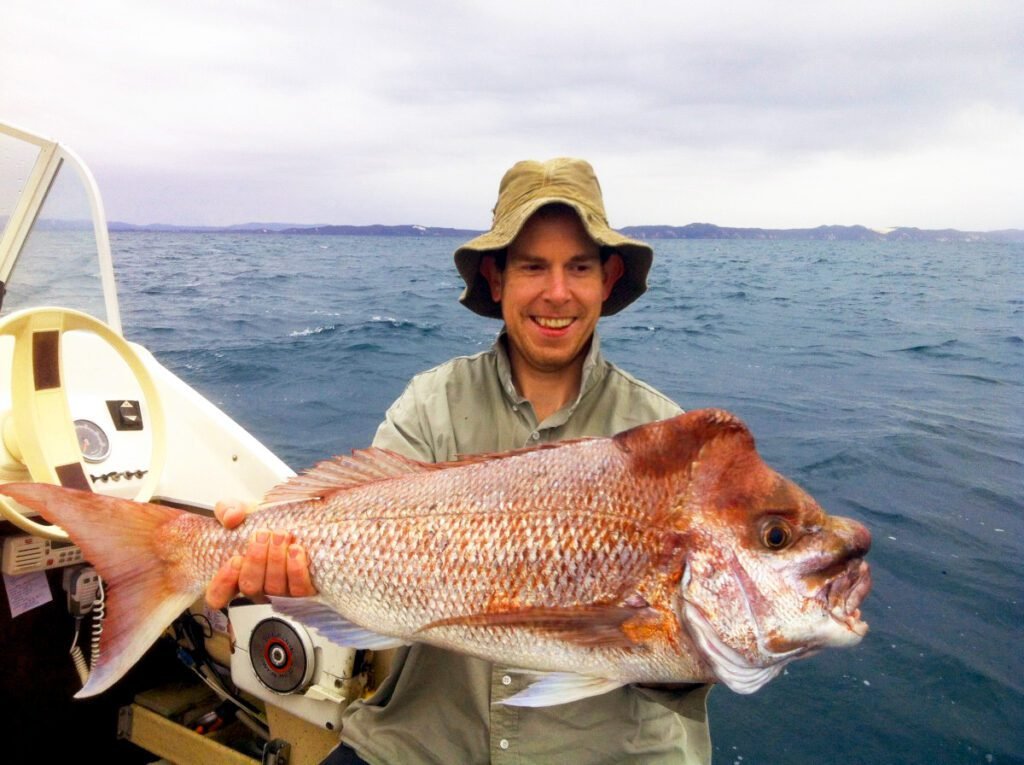
Offshore Fishing Gear
For every fisherman, offshore fishing can be an amazing experience, but it needs the right equipment to guarantee a successful and fun trip. There are several options for offshore fishing equipment on the market right now. The appropriate equipment, from fishing rods and reels to lures and lines, can significantly impact your fishing experience.
The sort of fish you will be targeting, the depth of the water and the weather should all be considered while selecting the appropriate equipment. A reliable rod and reel, top-notch line, strong hooks, and efficient lures are some of the important pieces of offshore fishing equipment. Using the proper clothing and equipment will help you protect yourself from the dangers.
- Large fish
- Less crowded
- Variety of fish
- Potential for adventure
- More expensive
- Challenging conditions
Techniques Differences Between Inshore Vs Offshore Fishing
In terms of techniques, Inshore fishing strategies sometimes require lighter equipment and smaller lures since the fish species in these regions tend to be smaller. To target a particular kind of fish, anglers can use a variety of bait, including live or artificial bait. Using methods like drift fishing, trolling, or casting close to structures like jetties or reefs are further examples of inshore fishing techniques.
On the other hand, offshore fishing calls for heavier equipment and bigger lures because the fish species in these places tend to be bigger and stronger. Anglers can employ strategies like trolling, chumming, or deep dropping to catch a particular fish. Moreover, utilizing specialist gear like downriggers or outriggers to help find and capture fish could be an important part of offshore fishing.
What Type of Fishing Can You Do When Fishing Offshore?
You can engage in a variety of fishing techniques when fishing offshore. Deep sea fishing, which typically occurs in waters at least 100 feet deep and more than 10 miles from the shore, is the main type of offshore fishing. A boat is needed to go to the desired location for deep sea fishing, which aims to catch large game fish like Marlin, Sailfish, and Tuna. To capture these species, anglers employ various strategies, including drifting, chumming, and trolling.
Bottom fishing is another offshore technique in addition to deep sea fishing that can sometimes be carried out in nearshore fishing. Bottom fishing involves dropping weighted lines with jigs, live bait, or cut bait to deep structures like shipwrecks and reefs. Fishermen favor this kind of fishing since it involves less travel time and calmer seas, and it focuses on species like snappers, groupers, and triggerfish. You can anticipate an exciting experience and the chance to capture a broad range of species, whether bottom or deep sea fishing technique.
FAQs
how long is an offshore fishing trip?
An offshore fishing excursion has no set time, as it can vary depending on the charter company, location, and individual preferences. Nonetheless, most journeys normally take 4 to 10 hours, but some lengthier journeys might take up to 24 hours.
what are inshore vs offshore fishing boats?
Inshore boats are often smaller and geared for fishing in shallow areas within 9 miles of the shoreline, but offshore boats are larger and prepared to fish in deeper waters deeper than 30 meters, commonly through charter or sports fishing boats.
Conclusion
When comparing inshore vs offshore fishing, it is clear that each has distinct benefits and drawbacks. Whereas offshore fishing occurs in deeper seas away from the coast, inshore fishing is often done in shallower waters closer to the shore.
The decision between inshore vs offshore fishing ultimately comes down to personal preference and the goals you have for your fishing trip. Each has its own special advantages, and both can be pleasant ways to spend a day on the water.

